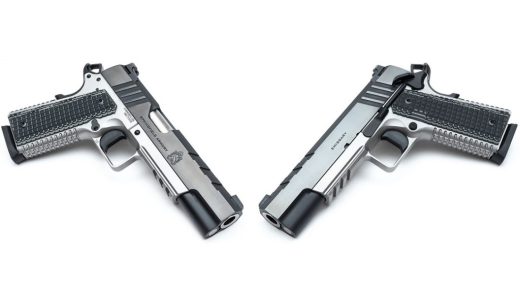Close quarters combat against an armed attacker is an incredibly dangerous situation. And it only gets more dangerous if you’re fighting with bare hands. But as bad as this is, you’re never out of the fight, according to Greg Thompson.
Learning Close Quarters Combat From the Experience of Others
Greg Thompson is one of the world’s leading experts on close quarters combat—also often called close quarters battle (CQB). For two decades, he’s been the primary civilian contractor training the U.S. Army’s Special Forces. In addition, he trains several elite federal law enforcement units. His work with these front-line warriors has given him unique insights into the realities of life and death fights.
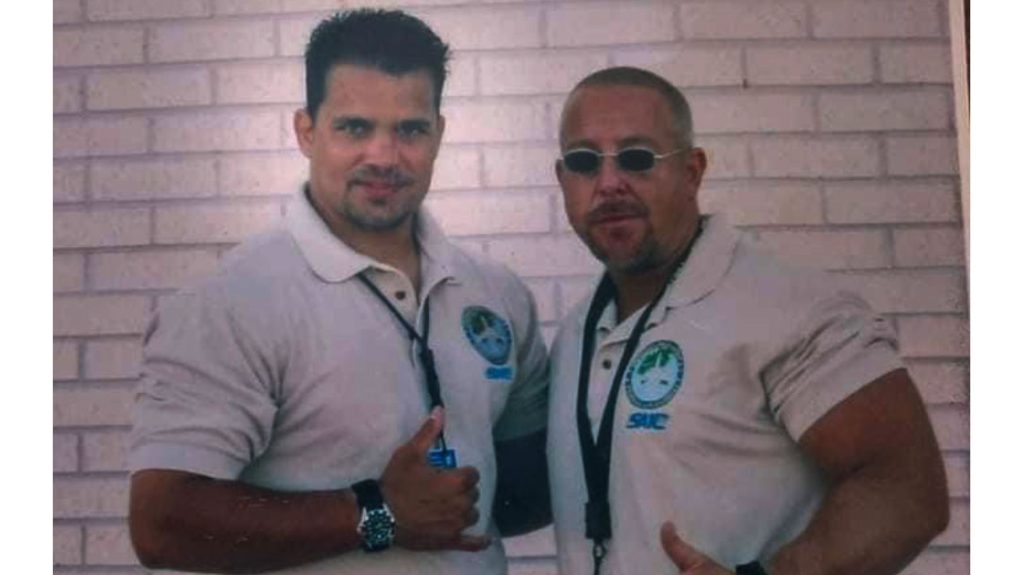
“Guys will come back to me and provide feedback on the problems they’re facing in battle,” said Thompson. “Then we’ll set up a scenario and run through it over and over until solutions evolve.”
One such situation occurred with a soldier in Iraq. The first one entering to clear a house, he was shot in the hand by a pistol-wielding insurgent. Unable to return fire, he did what Thompson preached in such circumstances: he closed hard.
Tackling the insurgent to the ground, he managed to pin the pistol and call for backup, who dispatched the enemy. From this and similar events, Thompson developed a unique philosophy of how to fight unarmed against weapons as part of a team or as an individual.
Close Fast With 100% Commitment
Many martial arts have a variety of empty-hand defenses against weapons. But most of these defenses are only effective against someone brandishing a weapon rather than actively using it. Someone “brandishing” a weapon is threatening to shoot or stab you. Someone actively using a weapon is actually firing or stabbing at you.
Though there are many instances of people disarming someone brandishing a weapon, there are far fewer examples of individuals overcoming active weapon users.
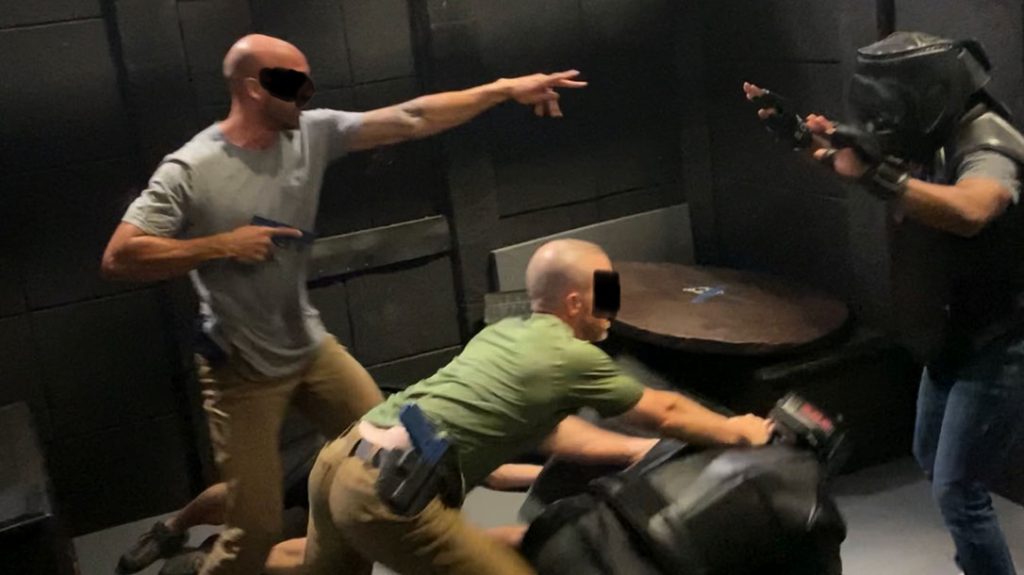
While difficult, overcoming an actual attack with a deadly weapon isn’t impossible. Thompson said the most important thing is to make a decision to act and then commit 100%. While your best defense against a weapon is to avoid or escape the situation altogether, sometimes that’s not an option. Nor is it always possible to immediately get to a weapon of your own.
In that case, if you’re facing an edged weapon, you’d probably want to get some distance. But against a firearm, or when circumstances prevent you from gaining distance against a blade, you have to close fast.
“If you don’t close fast, you’re going to get shot or stabbed. You want to close in a way that allows you to manage their weapon hand. Once you get hold of it, drive them down to the ground with forward pressure,” said Thompson. “Use the environment to your advantage. You don’t have to be the best wrestler to get a takedown if you can force them over something like a chair.”
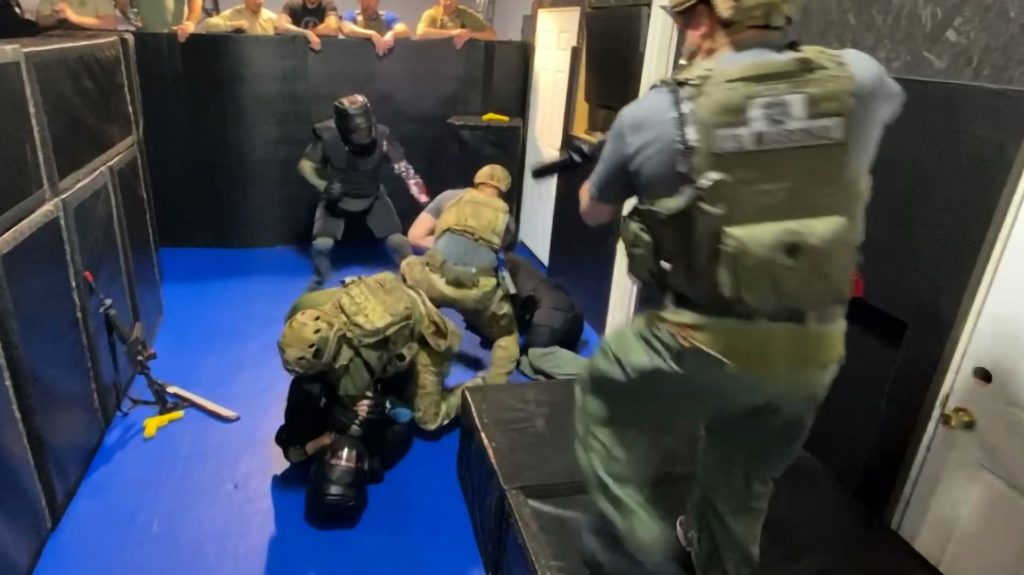
While there is the chance of being shot or stabbed as you move in, this won’t automatically incapacitate you. One soldier Thompson trained was stabbed in the skull but still overcame his attacker.
Pin, Secure, Call Support
Initially controlling the opponent’s weapon arm with two hands – one at the triceps and one at the wrist – is ideal. But this also takes skill and the proper angle. Simply wrapping up the weapon arm with an overhook or bear hug that pins it can be sufficient.
Once you’ve isolated the weapon arm, work to get the opponent down immediately. From there, Thompson said the keys are to pin the weapon, secure it and call for support. In a civilian context, you should immediately alert bystanders your attacker has a weapon so they can help you.
Going for a disarm by yourself is a low percentage play, but in the event no one can help you, it may be necessary. Thompson highly recommends instruction in things like wrestling and Brazilian jiu-jitsu to enable this. He also recommends practicing submission holds on sparring partners as if they have a weapon.
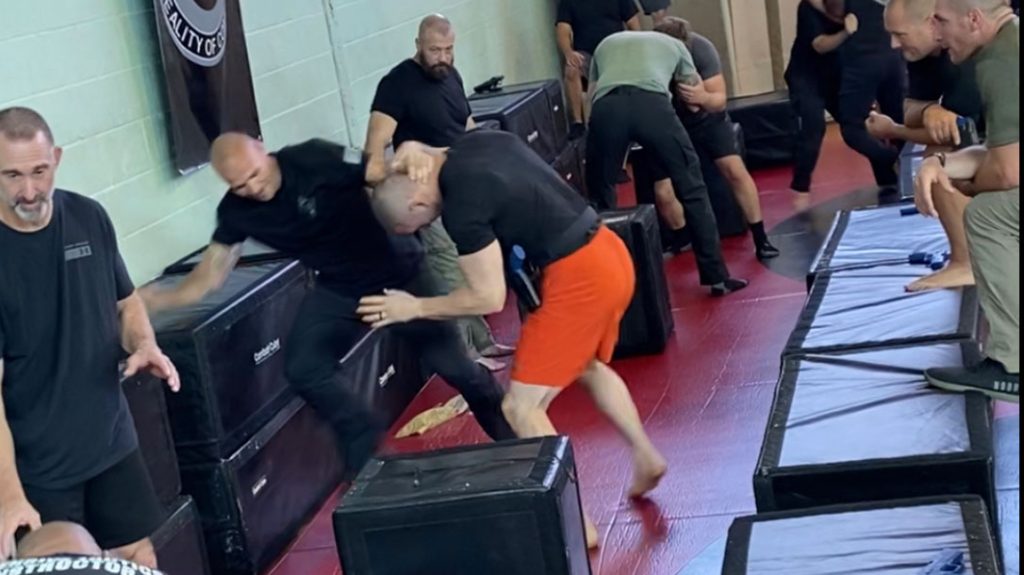
Position yourself where you can’t be cut or shot, and then try to apply your submission on that arm. If you can’t do it like that against an unarmed opponent, you probably can’t do it against an armed one.
“These are bad situations we’re talking about, and you have to be a little lucky. But these are also techniques that have been done in combat multiple times by guys I’ve trained, and they’ve worked,” said Thompson. “There are no simple answers. Just understand your environment, understand your abilities, make a decision, and fully commit to it.”
For more information on Greg Thompson, visit USSOCP.com.
The post Pin, Secure, Call Support: Greg Thompson Talks Close Quarters Combat appeared first on Personal Defense World.

